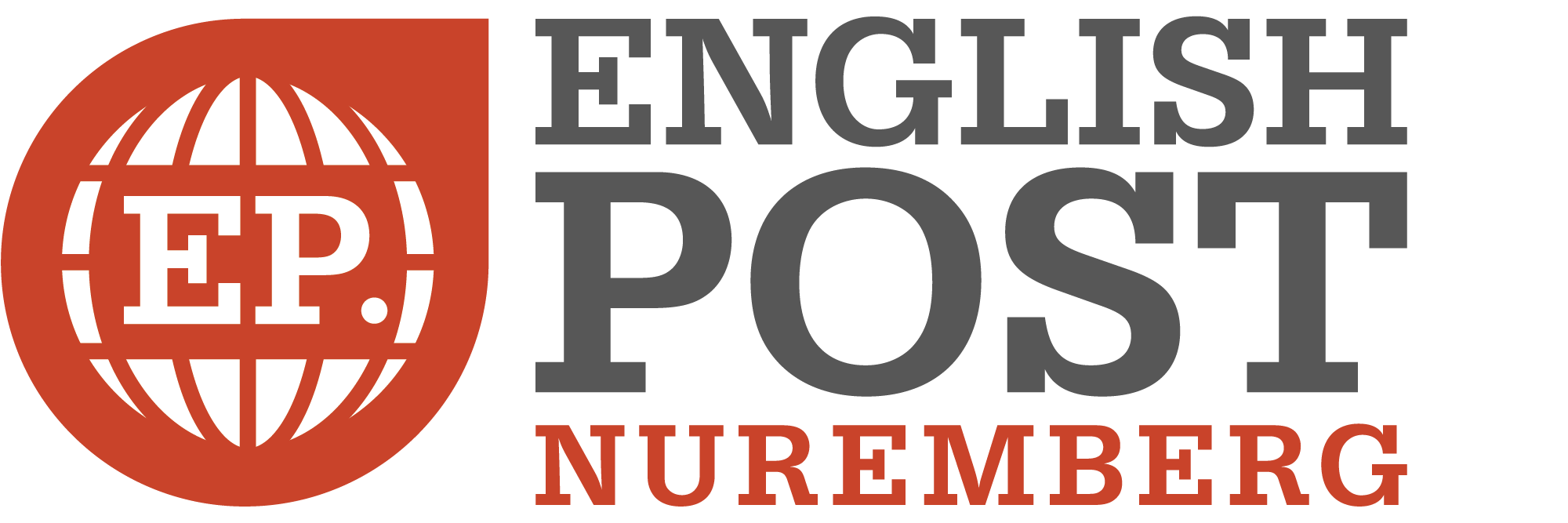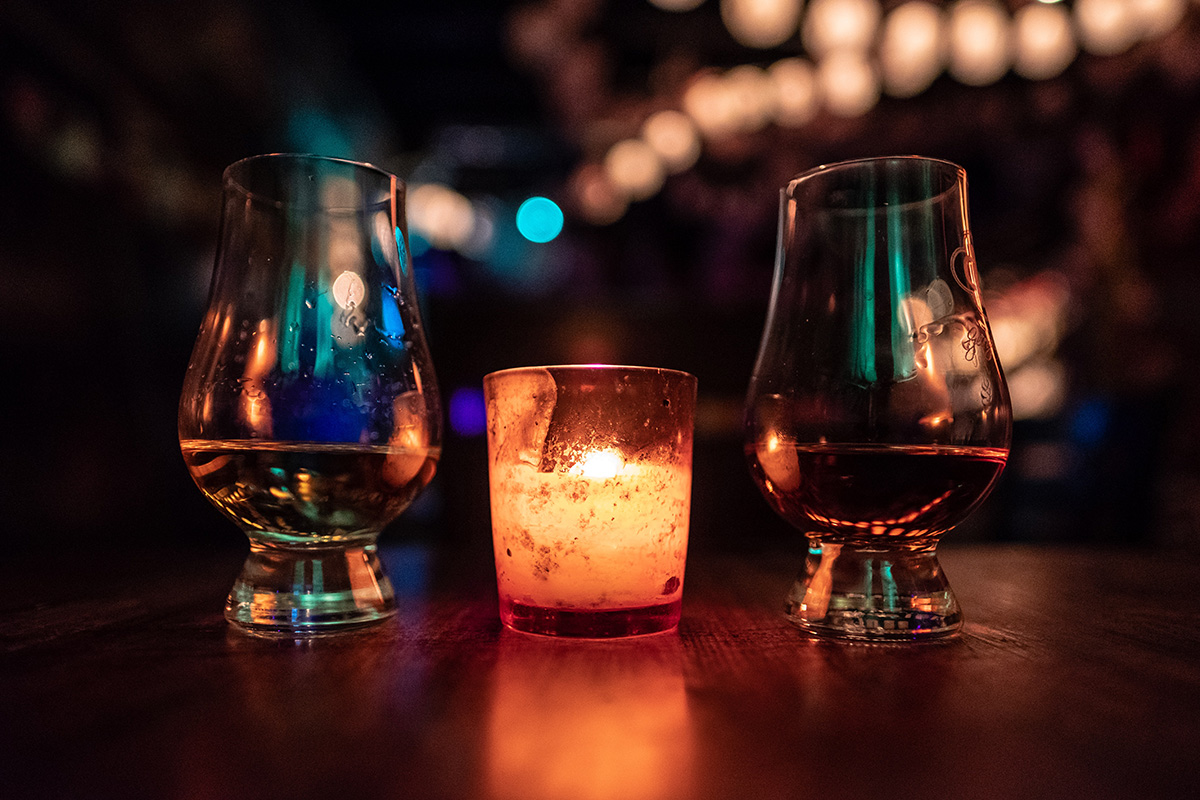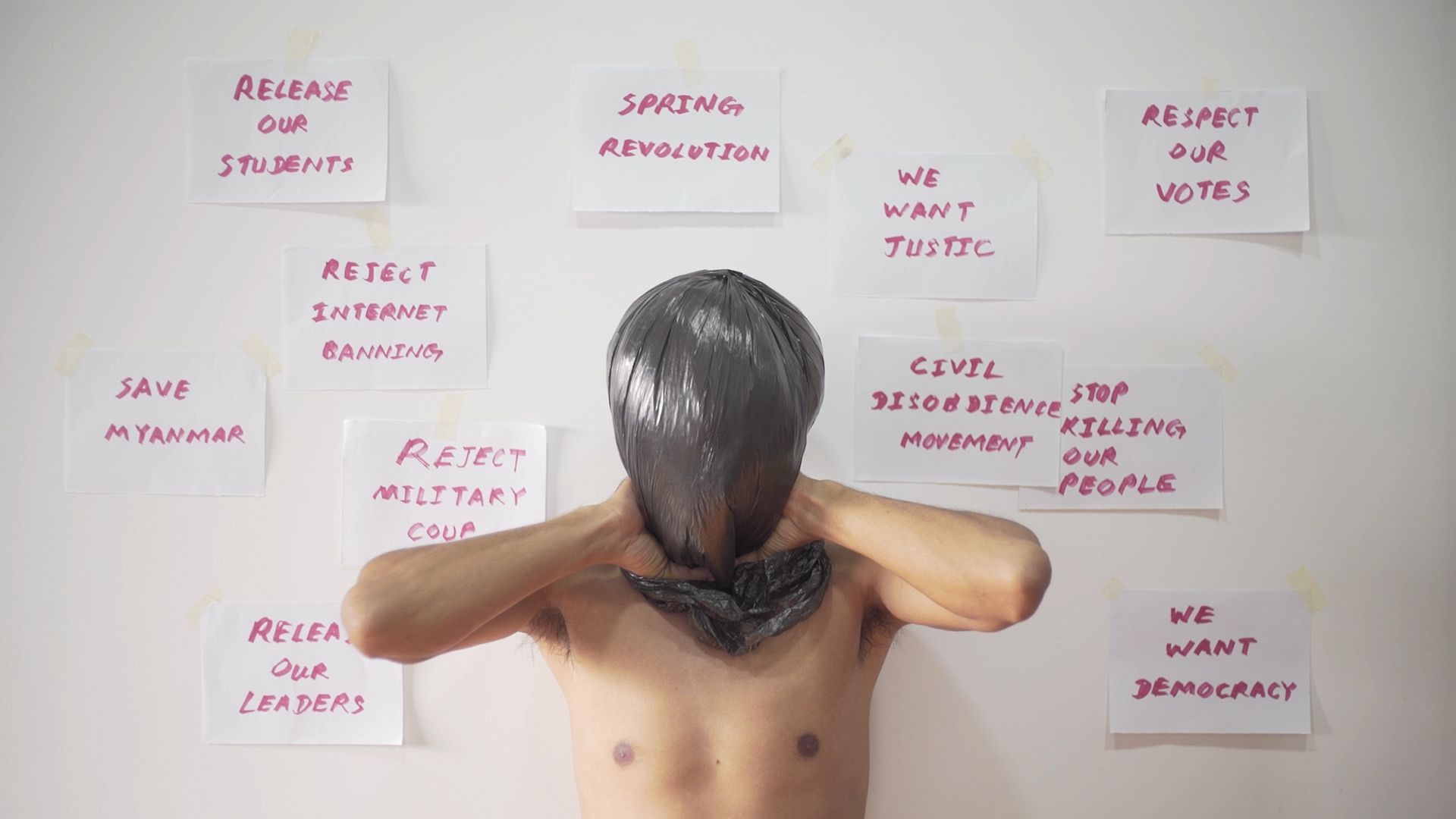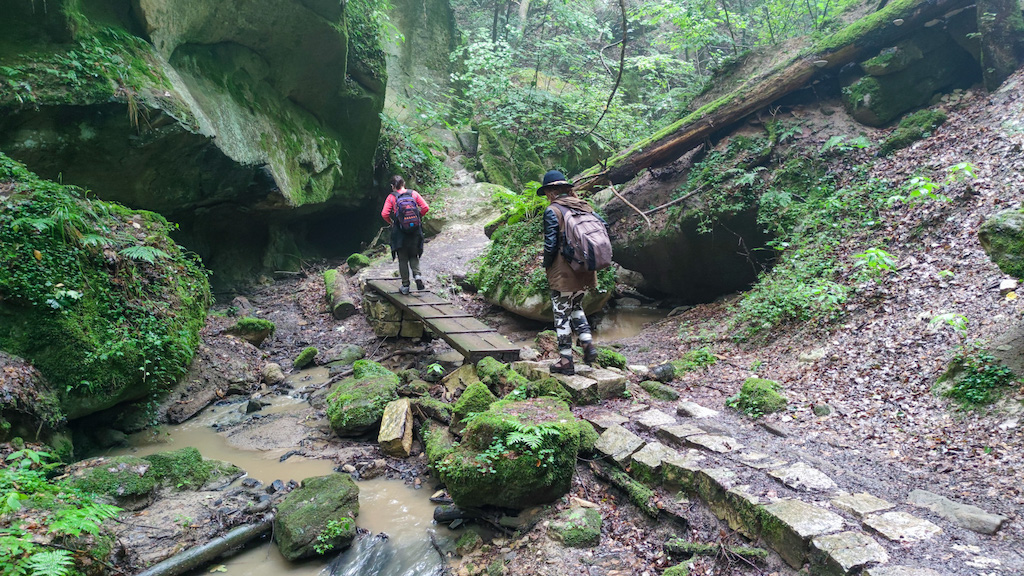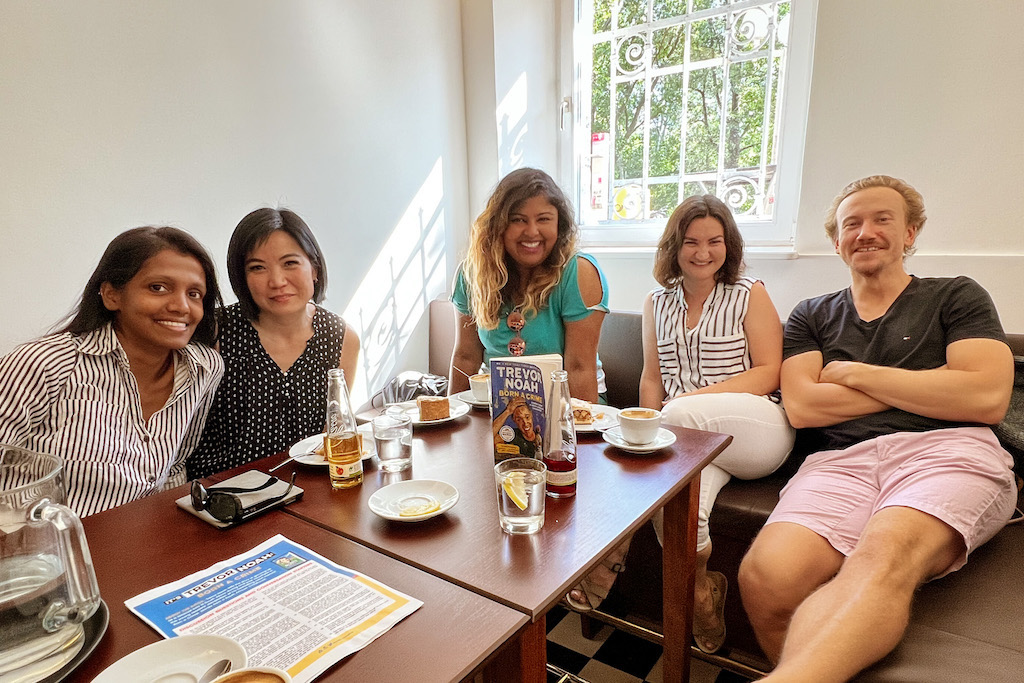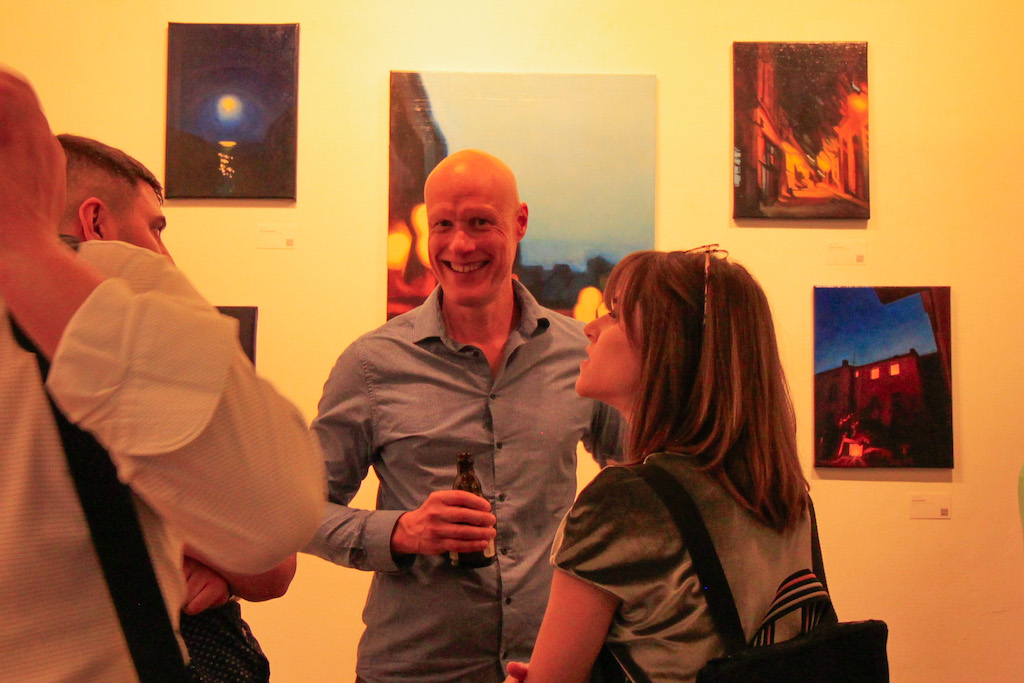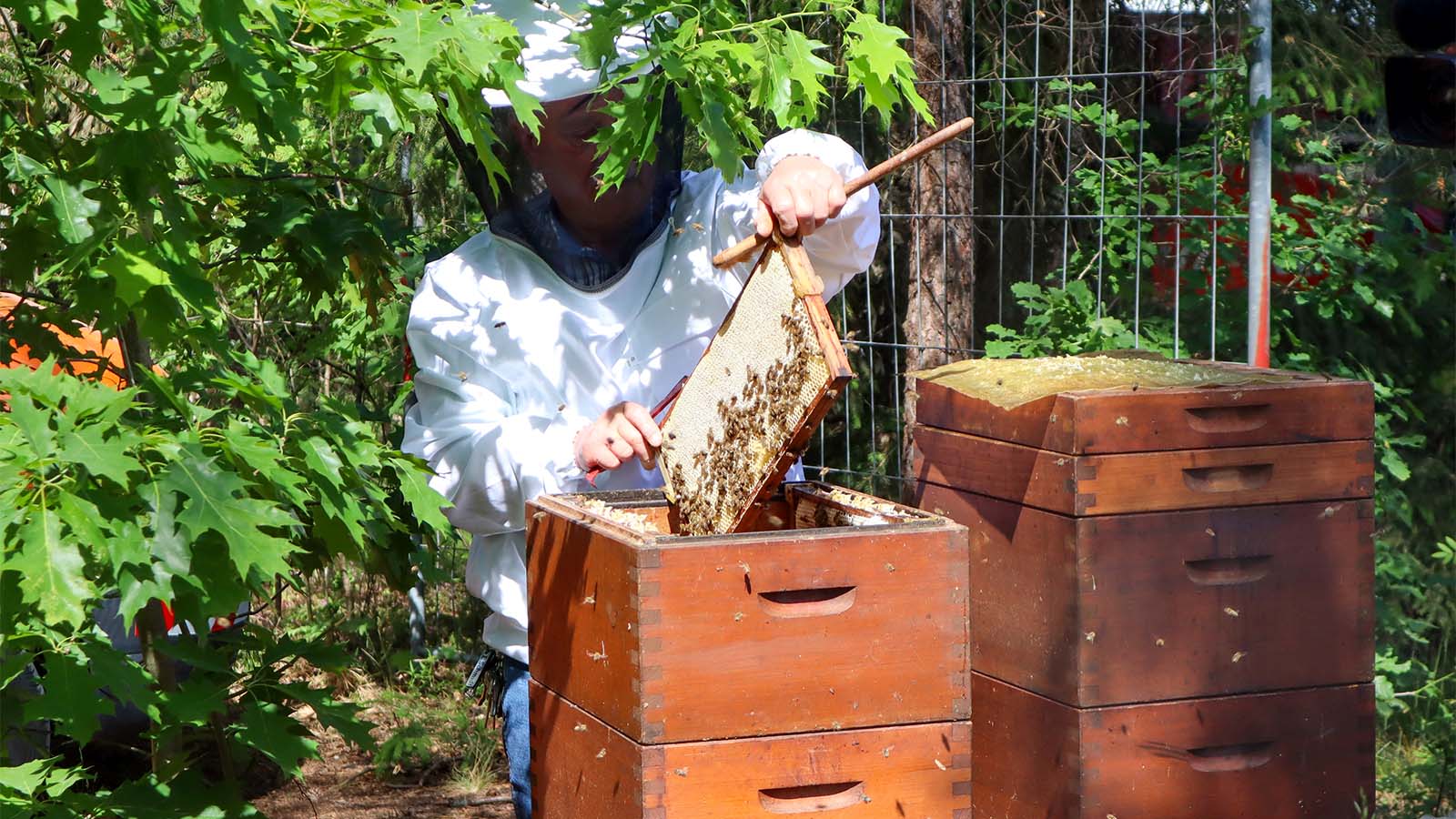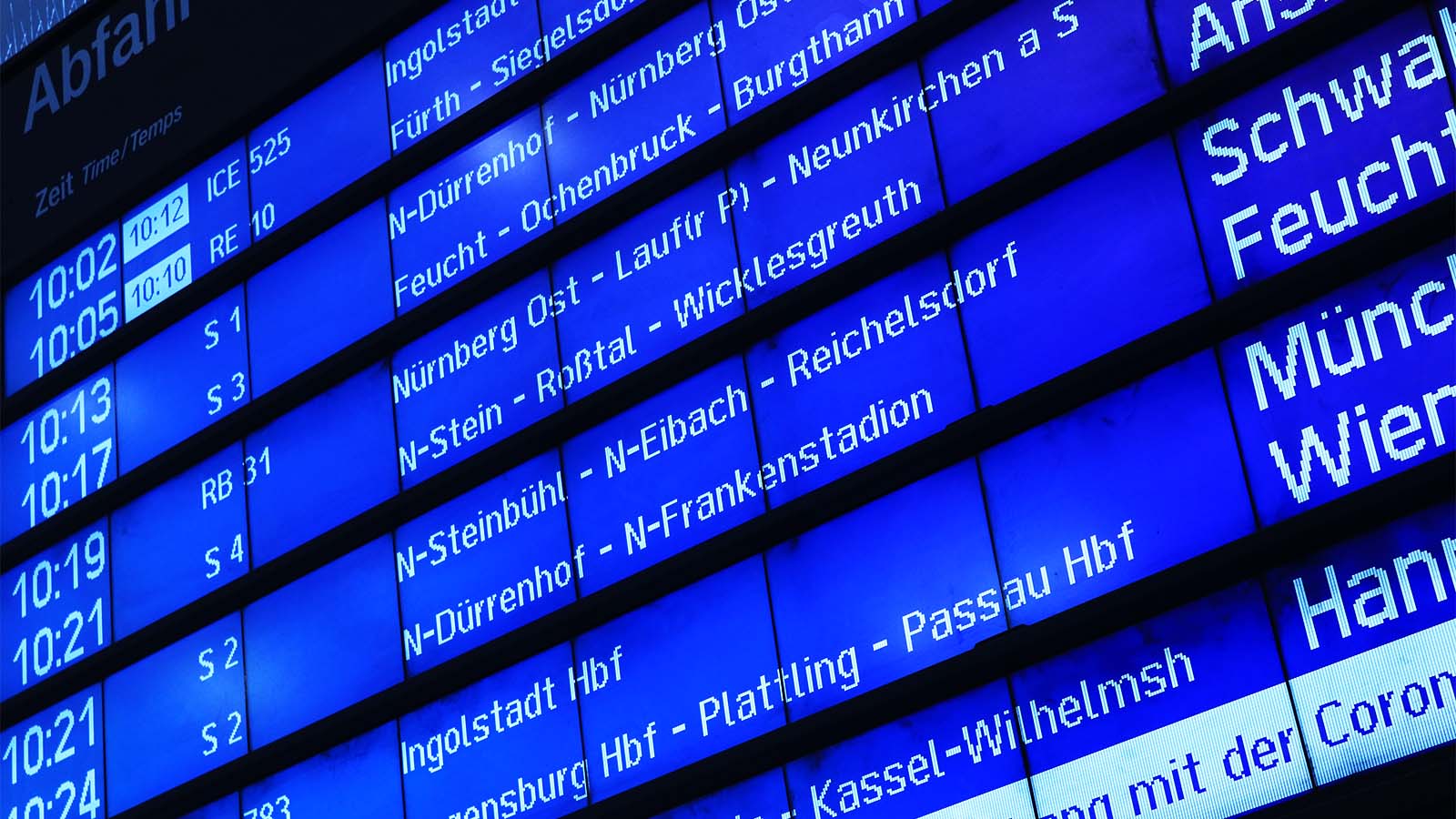International World Whisky Day 15 May 2021
On the third Saturday of May every year, whisky lovers worldwide raise a dram and celebrate the “water of life” (from the Irish Gaelic uisge beatha or the Scottish Gaelicor uisge beatha). First founded in 2012 by whisky consultant Blair Bowman, International World Whisky Day is an annual celebration of the alcoholic spirit. This year, it will take place on Saturday 15th May (though perhaps some of you have been celebrating it every day since the lockdown started!). Although it may seem a bit far-fetched, beer and whisky actually go hand in hand, as whisky is a strong beer without hops that has been distilled two or three times. In all fairness, I have to mention that there is also World Beer Day (another interesting drink, especially as far as the Germans are concerned), but let’s focus on whisky for now.
Whisky¹ has a rich history dating back centuries, and producers have developed distinctive distillation and ageing techniques to provide plenty of variety. Historians believe the distillation process to have first originated in ancient Mesopotamia (today, parts of Iraq and Syria). Christian missionary monks from Celtic lands brought pot distilling techniques to Scotland and Ireland sometime between 1100 and 1300 AD. It is generally assumed that whisky was invented by medieval Irish monks, who probably shared their knowledge with the Scots during their missions. Since wine was not readily available, they distilled barley beer into a liquor that became whisky. The first written records of whisky production – mentioned in Scotland as ‘aqua vitae’ – date back to the 15th century where it found favour with the king, James IV of Scotland, who had a great liking for Scotch Whisky. Following the dissolution of the monasteries, whisky production moved out of the monastic setting and into private premises and farms. Many of the newly independent monks would support themselves in secular life by starting their own distilleries.
By the mid-1600’s, as the European colonists began to arrive in America, they brought the practice of distilling whisky with them. As Scottish and Irish immigrants settled in the new territories, they began cooking new types of mash² with the grains that were available, primarily corn. After many years of producing whisky and seeing its value to the general population, distillers often used the liquor as a currency during the American Revolutionary War. The most famous type of American whisky is probably Bourbon, named after the Bourbon County in Kentucky, which by law must be made with a minimum of 51 per cent corn and aged in a brand-new, charred white oak barrel. No less known and just as popular are Tennessee whisky, rye whisky and blended American whisky.
While both Ireland and Scotland claim to have given birth to whisky, they aren’t the only countries to produce it. Besides the USA, others, such as Canada and Japan, also have long, proud whisky-making traditions. Some people may be surprised, but Germany is also on the global whisky map. It may sound incredible, but Germany has around 250 distilleries — more than Scotland does. The trend of making whisky began more than 30 years ago in Bavaria, specifically in Franconia. At his Blaue Maus distillery in Eggolsheim, Robert Fleischmann gave the initial impetus, and his success led many others to follow. In the past 30 years, Bavaria, particularly the Upper and Lower Franconian regions, have become renowned for their high-quality single malt whisky. Located at the Schliersee Lake in the Bavarian Highlands, Slyrs Distillery ranks among one of the best-known German whiskys. Just as good and also worth mentioning are the Ayrer’s Whisky distillery (Hausbrauerei Altstadthof) in Nuremberg and Elch Whisky distillery at Gasthof Seitz in Gräfenberg. So when deciding where to spend your hard-earned money, why not support a local distillery?
How to celebrate World Whisky Day
Improve your tasting skills and start becoming a whisky snob, even if it’s only this particular day or weekend. All you need is a good bottle of single malt or blended whisky to enjoy a dram from the comfort of your own home. Alternatively join a virtual tasting in the (virtual) company of others. It’s up to you to get hold of the whisky for this occasion, but it shouldn’t be too hard to find one after reading this article.
Many distilleries now offer a virtual tour, giving you the chance to see behind the curtain at the distillery process. Some of these virtual tours consist only of a few YouTube videos, but some are indeed quite creative. For example, The Glenturret Distillery (in Scotland) offers a quite fascinating 360-degree virtual tour for free.
If you want to join a special virtual whisky tasting event in May in English, we suggest the “Kilhoman live Whisky tasting” on Sunday 23rd May, 2021 at 6 p.m. with James Wills from Kilchoman and hosted by the Bäckerhof/The Thirsty Baker, Nuremberg. The tasting set consisting of five whiskys of 2 cl each costs 35 Euros plus 5.90 Euros shipping costs. Alternatively, the set can be picked up on Thursday, 20th May 2021 in Nuremberg between 6 p.m. and 7 p.m. at the Bäckerhof, Schlehengasse 2, or in Fürth between 7:30 p.m. and 8:30 p.m. at the Irish Cottage Pub, Waagstraße 1.
Further details: https://www.baeckerhof-nuernberg.de/online-tastings#MaiOnlineTastings
Sláinte³!
- Both “whiskey” and “whisky” are correct. Spelling “whiskey” with an “e” is commonly used in the United States and Ireland, while Scotland and Canada spell it “whisky” without the “e”.
- A “mash” (German: “Maische”) in the world of whisky refers to the mixture of grain, water, and yeast that is initially fermented to produce alcohol. So in a basic sense, all whisky begins life as beer.
- “Cheers” in Irish is “Sláinte” which is pronounced a bit like “slawn-che”. Sláinte means “health”, and if you’re feeling brave, you can say sláinte is táinte (“slawn-che iss toin-che”), meaning “health and wealth”. Whereas he traditional Scottish Gaelic toast when raising a glass is “Slàinte mhath”.
